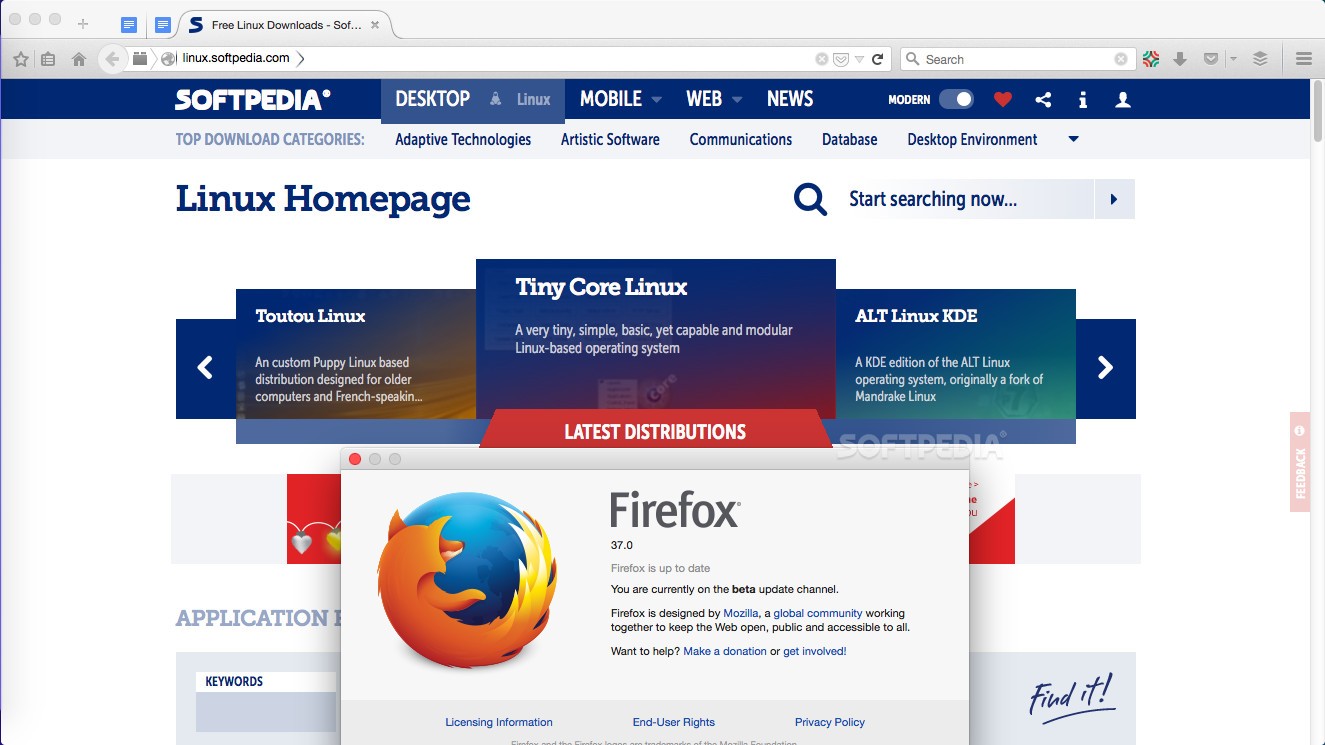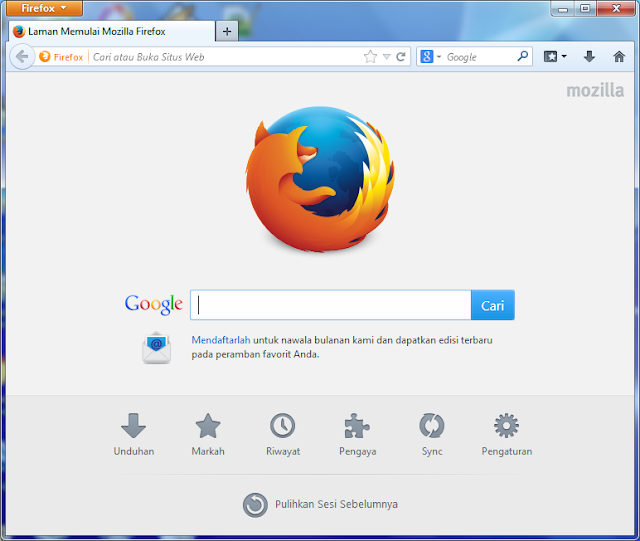

To avoid this you need to make sure to select "All files" in the dialog to save the file in the text editor using "Save File as". txt file extension and you end up with a file named.

In Windows saving the file is usually the only time things get more complicated because Windows can silently add a. On Mac you can use the TextEdit utility to create the userContent.css file as a plain text file. In this userContent.css text file you paste the text posted. In the chrome folder you need to create a plain text file with the name userContent.css (name is case sensitive). You need to create a folder with the name chrome in the profile folder with the random name (name is all lowercase). If you click this button then you open the profile folder in the Windows File Explorer.

You can find the button to go to the profile folder under the "Application Basics" section as "Profile Folder -> Open Folder". The first step is to open the "Help -> Troubleshooting Information" page and find the button to access the profile folder with the random name (fault-release). It is not that difficult to create userContent.css if you have never used it. You also did confirm that the userContent.css file doesn't have a hidden. You did place the code in userContent.css (webpages) and not in userChrome.css (user interface) in the chrome folder in the Firefox profile folder ? The code works for me and should work for you as well. In Firefox 69 and later you need to set this pref to true on the about:config page to enable userChrome.css and userContent.css in the chrome folder. More info about userChrome.css/userContent.css in case you are not familiar: * You can possibly override this via a CSS font-family rule in userContent.css.Īdd CSS code to the userContent.css file in the chrome folder in the Firefox profile domain(), domain() That is a problem with the ''Montserrat Thin'' font that the website specifies.


 0 kommentar(er)
0 kommentar(er)
